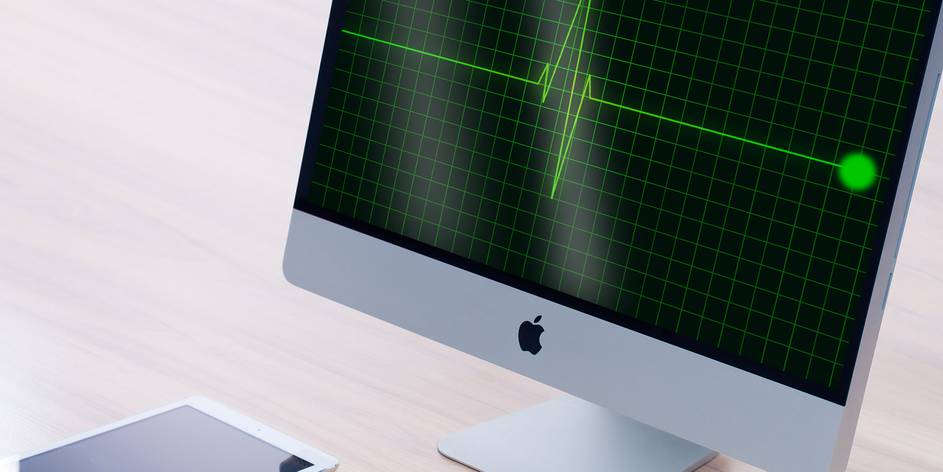Spike In Space Mac OS
Spike In Space Mac OS
About This Mac > Storage
You can put the Mac in Recovery Mode and execute steps to free up space. You can check out the steps below. Reboot Mac and hold 'Control + R' while it boots. The Mac will enter Recovery Mode. Step 3: Under MAC OS, you will notice a version number. This number should match the number in the Startup Disk section. This number should match the number in the Startup Disk section. Part 2: How to Solve Insufficient Disk Space on Mac? If the startup disk has insufficient free space, attempt to free up space by following the advice in our 'Freeing space on your Mac OS X startup disk' FAQ. As a rule of thumb, 10 GB is the minimum amount of free disk space, but far more is better. Otherwise, you will need to upgrade the startup disk in your Mac to a larger hard disk drive. Running out of space on your Mac isn’t fun. Even worse, you often find out that you’re running out of space at the worst times. Sure, you can randomly start uninstalling apps, but it’s better to check your disk space and figure out which is taking up space in the first place.
Many users who upgrade to macOS High Sierra get confused by what they see in About This Mac > Storage window. Particularly, the System category appears to take an unreasonable lot of space.
Usually it’s a combination of factors. The System is a bit of a catch-all category. It includes not only the /System folder, but also many other folders related to macOS and applications all over your disk.
So, the first thing you can do is to scan your disk with DaisyDisk and look for space hogs in areas such as /System, /private, ~/Library and others. You may find some temporary files or caches that were not disposed properly.
Spike In Space Mac Os Catalina
Next, look at the figure of available space.
In certain cases you’ll notice that you may still have a lot of available space, but it’s simply not shown on the chart.
This happens because in macOS High Sierra, the purgeable space is included into the System category, unlike previous macOS versions, which used to have a special category — Purgeable.
And the amount of purgeable space in macOS High Sierra has also grown compared to the previous versions, because the new APFS file system keeps saving hourly temporary snapshots for the Time Machine and deletes them only when necessary. In result, the purgeable space is allowed to grow until 80% of the disk is occupied. This can make the System look unnecessarily bloated on the chart of About This Mac.
DaisyDisk to the rescue
DaisyDisk clears this confusion by showing separately how much space is actually used by files and by the purgeable space, and therefore how much space is currently available to the applications.
Free Up Space Mac Os
Notice that you can separately see free space and free + purgeable, the latter corresponding to the “available space” in About This Mac. The purgeable space can be found inside the hidden space item.
As a useful addition, you can use DaisyDisk to also forcedly reclaim the purgeable space, if necessary.
What is taking up space on my hard drive?
Very often Mac OS users face the problem that there is not enough disk space available for an operation. It goes without saying, that you need to clean the hard drive and free up disk space. However, there is a question: what should be removed? As the rule, duplicate files take the biggest part of available memory. Sometimes such files are placed in different directories and generally it’s very difficult to find them. The second reason of out of memory problem is big files. When you are using your Mac sometimes it’s filling up with various large media files and documents. Very seldom it’s really difficult to find the directory of these files. So, Mac OS users decide to leave it as it is and after a while they face with our problem. That’s why we’ve prepared the detailed guide on how to free up disk space on Mac OS!
How to free up disk space on Mac OS
Here you have two options: use our automatic solution, which can help you to save your time and mental health, or you can use manual solution and built-in software.
How to free up disk space on Mac OS automatically?
We recommend you to use CleanMyMac X. This program allows you to keep your hard drive in a good state with the help of various applications such as junk files cleaner, shredder, system performance optimizer and etc. Download CleanMyMac X right now and clean your Mac hard drive easily and fast!
How to free up disk space on Mac OS manually?
There are a number of operations which you should proceed to fully free up disk space on Mac OS, or you can just take several steps in order to free a few.
Store in iCloud
Desktop and DocumentsOptimize device Storage
Automatically remove watched movies and TV showsSpike In Space Mac Os X

In Mail, choose Mail > Preferences from the menu bar, then click Accounts. In the Account Information section on the right, Optimize Storage sets the Download Attachments menu to either Recent or None.

Related posts:
Spike In Space Mac OS
